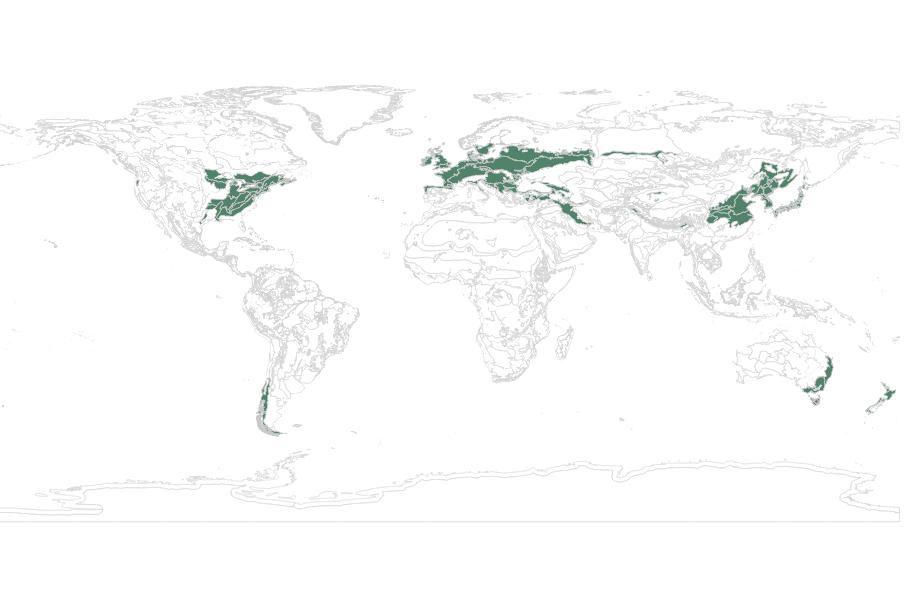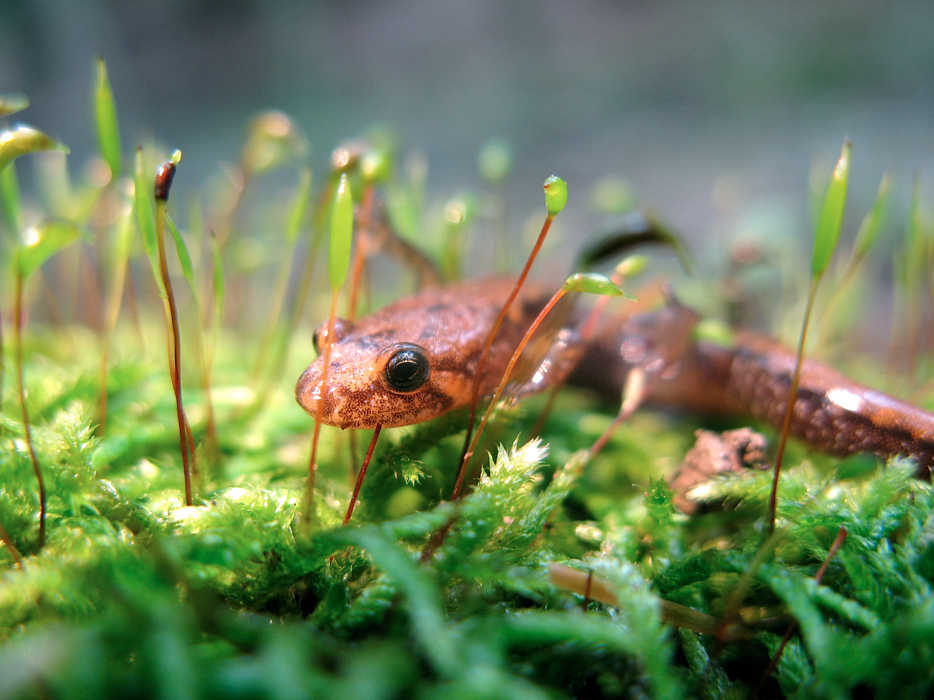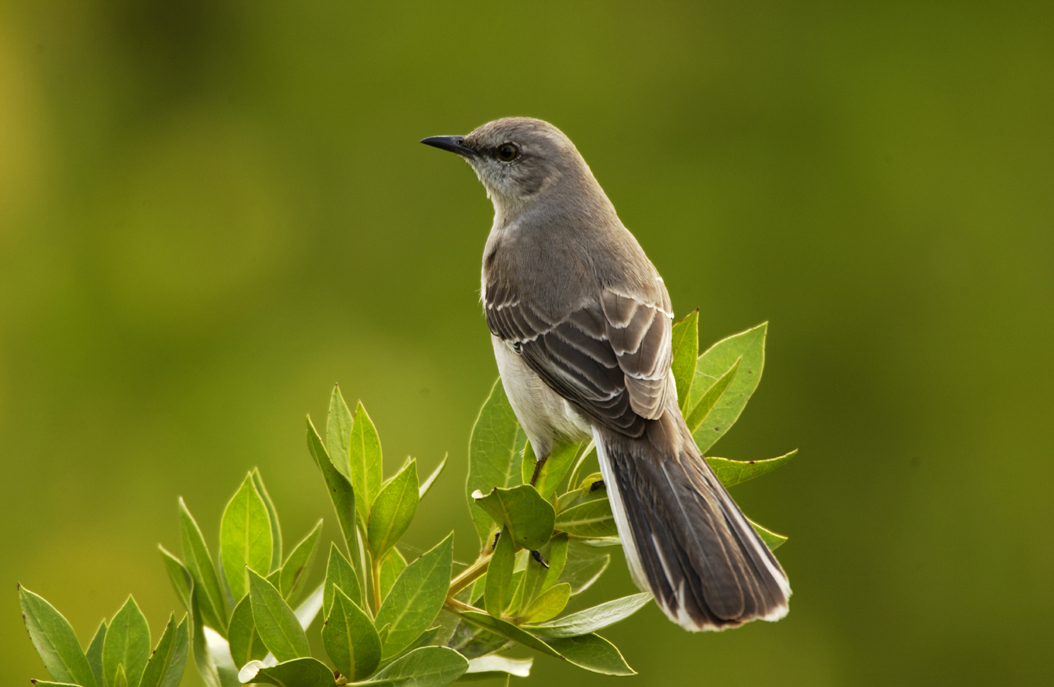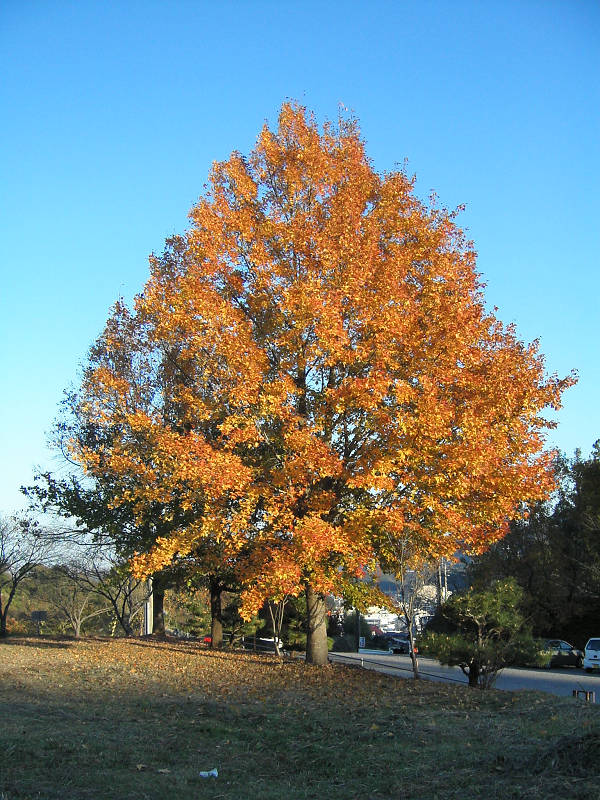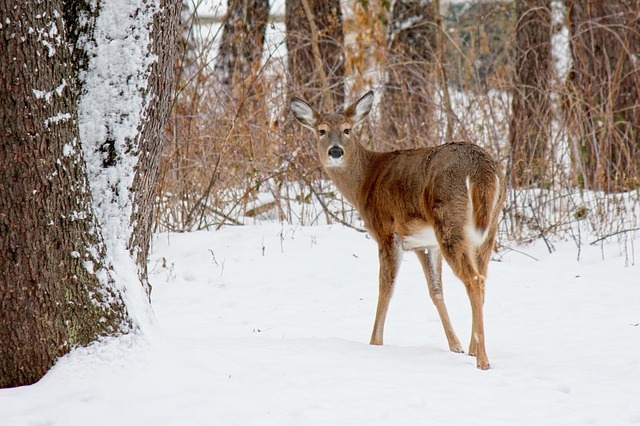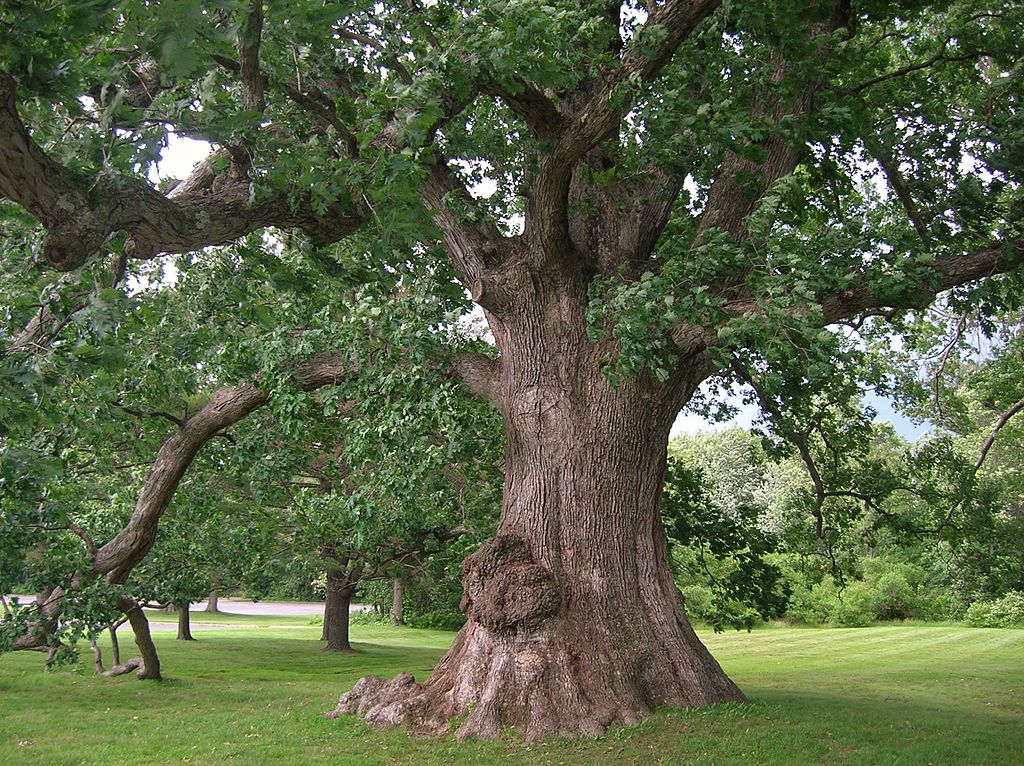TEMPERATE BROADLEAF AND MIXED FOREST
LOCATIONS
ECOLOGY POCKET GUIDE SUMMARY
The Temperate Broadleaf and Mixed Forest ecoregion is a landscape defined by its seasonality, where vibrant green summers give way to brilliant autumns and dormant winters. These forests thrive in moderate climates with distinct seasonal changes, supporting a rich diversity of both deciduous and evergreen trees. For designers and planners, this ecoregion offers insights into creating adaptable, multi-functional environments that change with the seasons. The balance between broadleaf trees, which shed their leaves to conserve energy, and evergreens, which persist through winter, showcases how built environments can be designed to respond to natural cycles. This ecoregion’s layered structure—from towering canopy trees to dense understory vegetation—offers inspiration for creating spaces that are both ecologically integrated and spatially dynamic, promoting biodiversity and resilience in urban and rural landscapes alike.
ECOSYSTEM FRAMEWORK
Temperate Broadleaf and Mixed Forest
Abiotic Components: This ecoregion is characterized by moderate temperatures and distinct seasonal changes, with warm summers and cold winters. Precipitation is relatively evenly distributed throughout the year, ranging from 600 to 1500 mm annually. Soils in these forests are typically fertile, enriched by the annual leaf fall from deciduous trees, and support a wide range of plant species. The climate and soils allow for a high level of biodiversity, and the moderate conditions make this ecoregion one of the most productive biomes in the world.
Biotic Components: The vegetation in temperate broadleaf and mixed forests is dominated by deciduous trees such as oaks, maples, beeches, and birches, along with conifers like pines and firs in mixed areas. The forest understory includes shrubs, ferns, and herbaceous plants, which thrive in the filtered light beneath the canopy. These forests are home to a wide range of wildlife, including deer, bears, foxes, and a variety of bird species like woodpeckers, owls, and songbirds. The diverse plant and animal life creates complex food webs, with many species relying on seasonal changes in vegetation and prey availability.
Trophic Structure: The trophic structure of this ecoregion is based on the diversity of plant life, which supports herbivores like deer, rabbits, and small rodents. These herbivores, in turn, provide food for predators such as foxes, wolves, and birds of prey. The forest floor is rich with decomposers, including fungi, bacteria, and invertebrates, which break down the abundant leaf litter and recycle nutrients back into the soil. This nutrient cycling is essential for maintaining the fertility of the soil and supporting the complex ecosystem.
Nutrient Cycles: Nutrient cycling in temperate broadleaf and mixed forests is heavily influenced by the seasonal shedding of leaves from deciduous trees, which adds organic matter to the soil each autumn. Decomposition during the cooler months is slower, but as temperatures rise in spring and summer, microbial activity increases, breaking down the leaf litter and releasing nutrients back into the ecosystem. The roots of trees and other vegetation absorb these nutrients, completing the cycle. Water is also a key component, as rainfall helps to leach nutrients through the soil while maintaining moisture levels essential for plant growth.
Interactions: Species interactions in this ecoregion are driven by competition for sunlight, water, and nutrients, particularly in the understory where light is limited. Mutualistic relationships, such as those between mycorrhizal fungi and tree roots, enhance nutrient uptake, benefiting both organisms. Herbivores play a role in shaping the vegetation structure by grazing on young plants, while predators regulate herbivore populations, preventing overgrazing. Seasonal changes also drive interactions, with many animals adjusting their behaviors and diets to align with the availability of food and resources throughout the year.
Adaptation and Resilience: The resilience of temperate broadleaf and mixed forests lies in their ability to adapt to seasonal changes. Deciduous trees shed their leaves in the autumn to conserve energy during the colder months, while conifers maintain their needles, allowing them to photosynthesize year-round. Many animals hibernate or migrate to avoid the harsh winter conditions, while others, such as squirrels, store food in preparation for the leaner months. These adaptations demonstrate how species in this ecoregion have evolved to thrive despite the seasonal fluctuations in temperature and resource availability.
System Boundaries and Scale: Temperate broadleaf and mixed forests are found in temperate regions across North America, Europe, and parts of Asia. The boundaries of this ecoregion are shaped by latitude, altitude, and climate, with transitions into boreal forests at higher latitudes and elevations, and grasslands or more arid landscapes at lower elevations. This ecoregion covers a significant portion of the Earth’s land surface, and its forests play a vital role in global carbon storage, water regulation, and supporting biodiversity.
Additional Ecologically Integrated Design Considerations
Provide habitat corridors as large carnivores require wide areas to persist and their loss has cascading impacts on forest structure and ecology
Leverage fire disturbance as some species depend on it in late successional forests (lichen, fungi and some invertebrates)
Restore habitat "patches" and minimize habitat fragmentation as some understory species are unable to cross deforested areas.
Leverage the cycle of deciduous trees
REFERENCES
Abrams, M. D. (1992). Fire and the Development of Oak Forests. BioScience, 42(5), 346-353.
Ewel, K. C. (1986). Simulating the Growth and Resource Dynamics of Managed Forest Ecosystems. Forest Ecology and Management, 17(1-4), 235-255.
Bolund, P., & Hunhammar, S. (1999). Ecosystem Services in Urban Areas. Ecological Economics, 29(2), 293-301.
Lutz, J. A., et al. (2018). Global Importance of Large-Diameter Trees. Global Ecology and Biogeography, 27(7), 849-864.
Gilliam, F. S. (2007). The Ecological Significance of the Herbaceous Layer in Temperate Forest Ecosystems. BioScience, 57(10), 845-858


